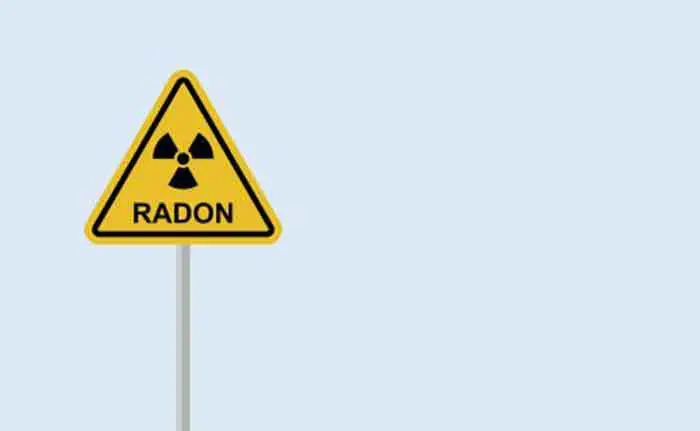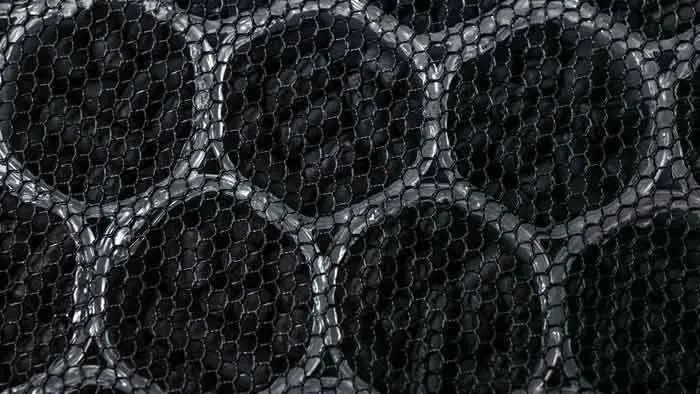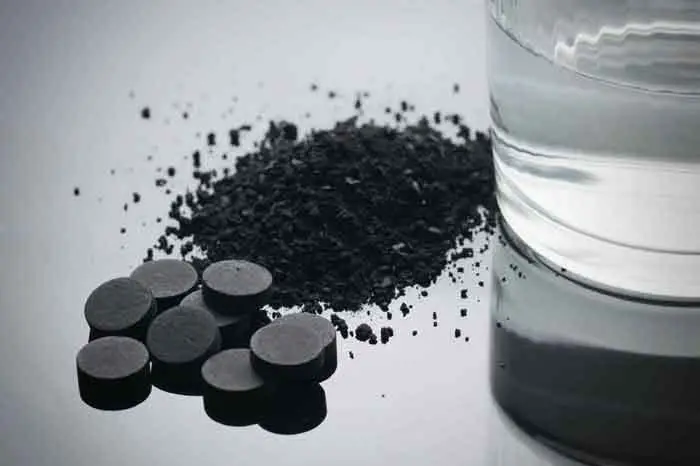Does Activated Carbon Remove Radon from Air? [ANSWERED]
As an Amazon Associate, I may earn from qualifying purchases at no extra cost to you.

Many aspects of modern society are regulated to ensure a high standard of quality. For example, store food, tap water, and outdoor air are regularly tested for the presence of harmful pollutants.
If harmful pollutants are detected in high enough concentrations in food, water and outdoor air, regulators issue advisories and make systemic changes to curb their impact.
However, indoor air has been neglected in this regard, even more so for those that can’t be seen, such as Radon.
In the long run, this can negatively affect not only us but also our loved ones!
One of the ways touted to remove these pollutants from the air is activated carbon.
But does activated carbon really work to remove Radon from the air?
Let's find out…
More...
What is radon?

Radon is a harmful noble gas that seeps out of radioactive elements in Earth’s crust. It is undetectable without special tests.
It is a natural byproduct of Earth’s crust being broken up and moved about.
Earth’s crust is pocked with deposits of radioactive elements that give out toxic radiation and harmful gases. Luckily, in most cases we are far away from those deposits.
As the ground shifts and breaks up, those pockets get in contact with air and the gases are sent free. Again, in most cases, they will fly up into the atmosphere and not bother anyone.
It’s when a home is built on or near one of these deposits that we need to take extra care of our home environment. In 1993, EPA even developed a chart showing state by state levels of radon presence.
Indoor air quality and radon

Indoor air is still often neglected and its quality is generally left to the owner or proprietor. At most, he or she would most often circulate air to filter out smoke and control its temperature.
Patrons will feel comfortable but that’s about it.
What about air pollutants, especially the ones that can’t be sensed but still exist?
We learn about new air pollutants all the time. They seep into the lungs of those who breathe them and nobody is the wiser; radon is one of these.
Even when you’re lounging around at home, any number of things could be off-gassing harmful air pollutants. Radon could be seeping in through any number of tiny cracks in the walls, doors and windows.
So far, there’s no statewide regulation on radon-resistant construction except in Connecticut, Minnesota and Illinois.
There could be infinite air pollutants in the indoor air you’re breathing. You would have no idea where they are coming from.
Their concentrations might not be within the safe limits and you would be none the wiser. When you’re at home, you don’t know if the air you’re breathing is safe at all.
It was only in the recent two decades that the notion of indoor air quality and radon started catching the attention of scientists, and where they started looking at ways to dispose of radon.
What removes radon?

Radon is one of noble gases, known for their stability. Only a few substances have been created using radon because it is so stable and also has a short lifespan of only a few days.
This also means that they do not normally react with other materials, such as carbon.
What is carbon?
Carbon is the most abundant building block of life. It can get tied to itself and other elements to create polymers that exist everywhere in nature.
Some of these polymers we know and use, such as graphite and charcoal. They differ in that carbon needs a different temperature before they can appear.
You already know that diamonds can only appear when carbon is crushed and exposed to enormous heat that only exists in Earth’s core. For activated carbon, all it takes is a bit of steady heat.
If radon is detected near the foundation, one or more venting methods should be used to prevent radon from seeping inside.
For example, a plastic sheet and a fan under it can be installed to trap radon and vent it away from the building.
In fact there are several ways that radon can be removed, and activated carbon is one of them.
How does activated carbon remove pollutants from the air?

When put under more steady heat, the ties inside the carbon polymer get broken up and the carbon turns into charcoal.
Some applied chemistry and more heat and the charcoal becomes activated carbon. That’s when it becomes very reactive and traps almost all pollutants from air and water.
In essence, carbon molecules shed their outer layer and become eager to tie themselves to anything they can.
In its activated state, carbon is very porous. Almost anything that passes through the pores gets captured by the carbon molecules and can’t budge.
How does activated carbon remove Radon from air?

To date, no chemicals are known to remove radon from air; and activated carbon is no exception. However, while ineffective from removing radon directly from the air, activated carbon has been shown to reduce radon by more than 90% from treated drinking water.
It's no surprise why this powerful substance has been used by many companies for filtering out gasses.
How to make DIY activated carbon at home?

You can actually make activated carbon yourself at home by using:
Pieces of hardwood are placed in the pot and put on medium heat. Anything organic and dense will work instead, especially fibrous plant material.
The lid should allow the gases to freely vent out. After several hours, everything that’s not carbon will burn off and the process will be faster if the material is dry.
Once no more gas is venting out of the pot, the cooking is finished. Wait for the carbon to cool down, wash it and grind it to dust.
Mix the carbon dust with a full cup of lemon juice, stir to a paste and let sit for 24 hours. Return to the pot and cook for several hours.
The activated carbon you just got will draw in odors, trap moisture and decontaminate your living space. It will lose its power after absorbing enough.
You can drink some active carbon in a glass of water to prevent bloating. You can also create a makeshift air purifier with it.
Simply stuff a piece of dense fabric with activated carbon and leave it hanging in the air. If you have a fan, let it blow air over your makeshift air purifier.
Conclusion - Does activated carbon remove radon from the air?

Indoor air quality, and in spaces where we live, sleep and relax particularly, is barely regulated and is rarely controlled by anyone.
Owners and proprietors remove the most obvious problems, such as smoke, but typically don’t want to bother with removing harmful pollutants.
It’s up to each individual to understand the dangers of indoor air pollutants and ensure the air is not only clear but also clean.
As we understand more about air quality, new harmful pollutants become apparent. One of them is radon.
Radon is a negligible outdoor air pollutant but is a serious indoor air pollutant.
One notable substance the activated carbon can capture from the air is radon when passed through filtered water.
It’s no surprise that activated carbon purifiers can help with radon, and is particularly effective when used in conjunction with other measures, such as testing your home and venting it to prevent buildup will.
